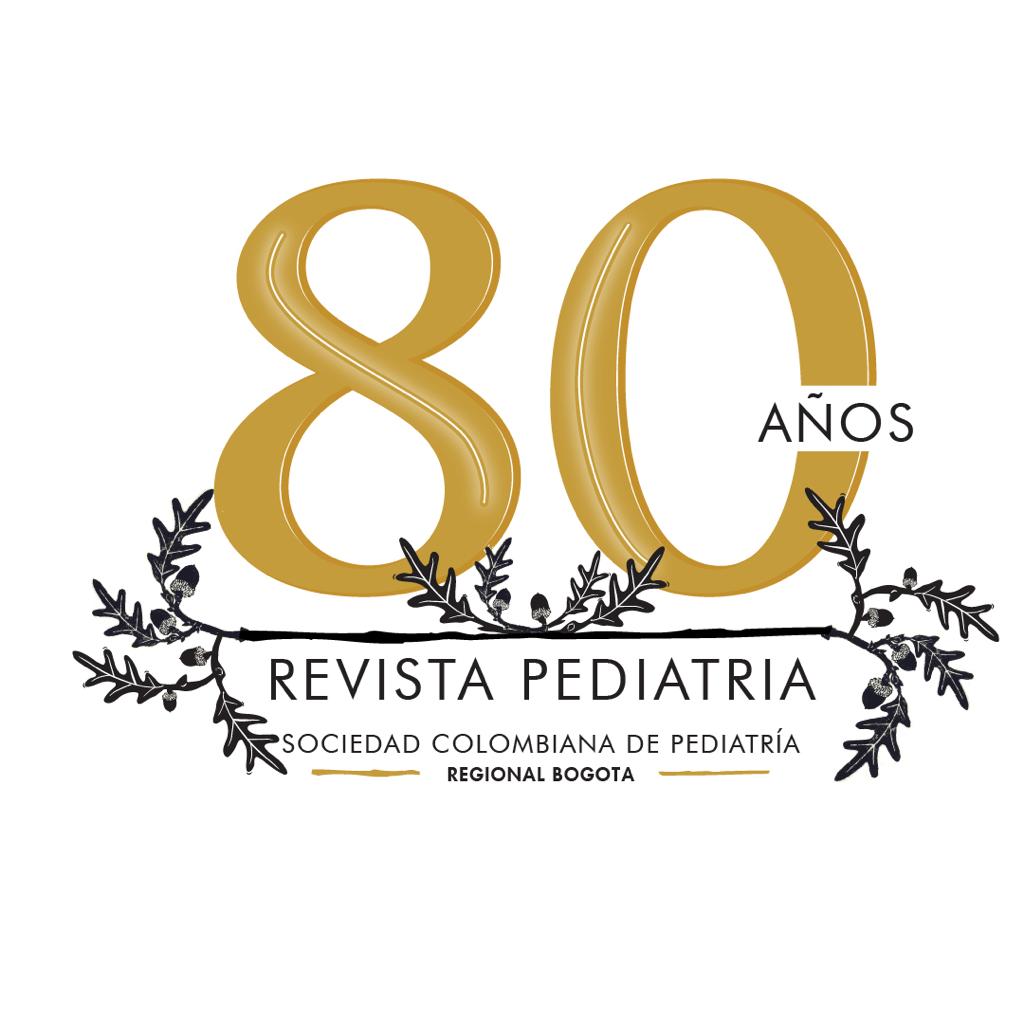Coronavirus, Zoonosis y Murciélagos
Main Article Content
Abstract
La epidemia de SARS (Del inglés: Severe Acute Respiratory Syndrome) de 2003, mostró una elevada patogenicidad y letalidad. En
siete meses produjo 8 422 casos y 916 defunciones, en 29 países de cinco continentes. Por esto, se llegó a llamar «La primera
pandemia del siglo XXI» (1,2).
Fue un proceso emergente y relevante por sus características clínicas y epidemiológicas, espectacular eclosión y gradual atenuación.
Se originó en Guangdong, al sur de la China y ocasionó gran preocupación y alarma mundial por su rápida diseminación
epidémica (3). La letalidad global fue del 9.6 %. La cifra más baja se registró en China continental (6.5 %) y la más elevada en
Toronto (18.4 % en el primer brote y 14.4 % en el segundo) y Singapur (15.5 %), seguramente debido a que en el primer país la
mayor parte de los casos ocurrió en personas jóvenes, mientras que en los otros dos, resultaron afectadas muchas personas de
edad avanzada y con enfermedades de base.
Downloads
Article Details

This work is licensed under a Creative Commons Attribution-NonCommercial-NoDerivatives 4.0 International License.
Creative Commons
License Attribution-NonCommercial-ShareAlike 4.0 International (CC BY-NC-SA 4.0)
You are free to:
Share - copy and redistribute the material in any medium or format.
Adapt - remix, transform, and build upon the material The licensor cannot revoke these freedoms as long as you follow the license terms.
• Attribution — You must give appropriate credit, provide a link to the license, and indicate if changes were made. You may do so in any reasonable manner, but not in any way that suggests the licensor endorses you or your use.
• NonCommercial — You may not use the material for commercial purposes.
• ShareAlike — If you remix, transform, or build upon the material, you must distribute your contributions under the same license as the original.
• No additional restrictions — You may not apply legal terms or technological measures that legally restrict others from doing anything the license permits.
References
Peiris JS.M, Yuen KY, Osterhaus A, Stöhr K.The Severe Acute Respiratory Syndrome. N Engl J Med, 349 (2003), pp. 2431-41. http://dx.doi.
org/10.1056/NEJMra032498 | Medline
SARS: The first new plague of the 21st century. Oxford: Blackwell; 2004.
Department of Communicable Disease Surveillance and Response. Consensus document on the epidemiology of severe acute
respiratory syndrome (SARS) Gen??ve: WHO 2003 (WHO/CDS/CSR/ GAR/2003.11).
Guan Y, Zheng BJ, He YQ, et al. Aislamiento y caracterización de virus relacionados con el coronavirus del SARS de animales en el sur
de China. Science 2003 ; 302: 276 - 278
Jones-Engel et al (2008),990. Wacharapluesadee S, Tan CW,Maneeorn P, et al. Evidence for SARS-CoV-2 related coronaviruses circulating
in bats and
pangolins in southeast Asia. Nat Commun 2021; 12: 972.6 WHO-convened

